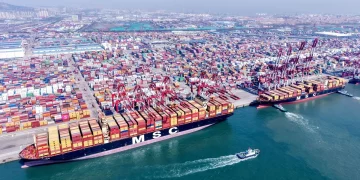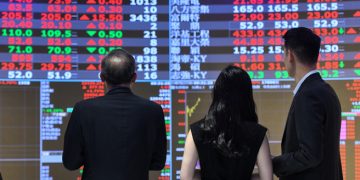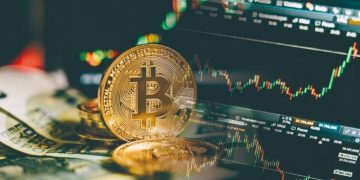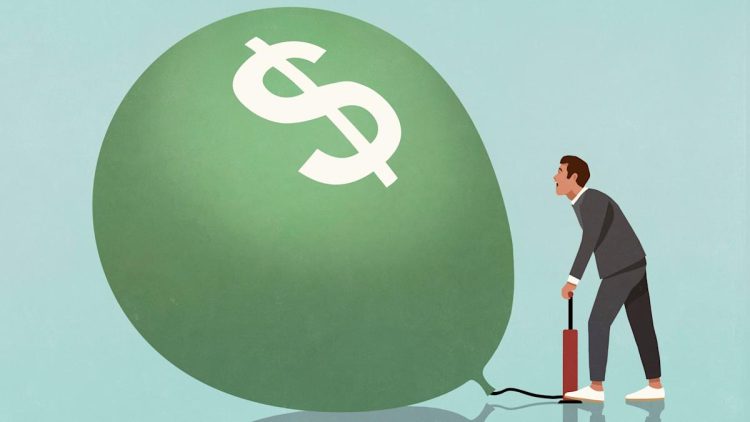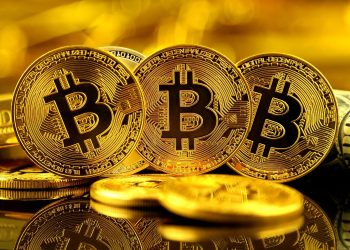Inflation has surged across many economies in recent years, creating a ripple effect on everything from consumer behavior to business operations. It has become a central theme in discussions surrounding global economic recovery, post-pandemic resilience, and even the potential for a looming economic crisis. While inflation is often seen through the lens of central banks, monetary policy, and fiscal interventions, its roots and far-reaching effects are more nuanced than many realize. In this article, we will examine the underlying factors contributing to recent inflationary pressures, explore how these pressures are shaping consumer behavior and business operations, analyze the responses from central banks, and discuss the long-term implications for economic growth.
Factors Contributing to Recent Inflationary Pressures
Inflation is a multifaceted phenomenon, and its rise over the past few years can be attributed to a confluence of factors—some temporary, others more permanent. Understanding these contributing elements requires a deeper dive into the global economic landscape.
Supply Chain Disruptions and Global Imbalances
The COVID-19 pandemic exposed significant weaknesses in global supply chains, leading to widespread disruptions. Factories shut down, ports experienced congestion, and labor shortages slowed production. The result was an imbalance between supply and demand, particularly in sectors such as semiconductors, energy, and raw materials. When demand outstrips supply, prices naturally rise, pushing inflation upwards.
Moreover, the push for economic recovery after the pandemic led to a surge in consumer demand, further straining already fragile supply chains. As companies tried to keep pace with the growing demand, they were forced to increase prices to cover rising production costs.
Rising Energy Prices
Energy prices have been a significant driver of inflation, particularly in countries that rely heavily on imports. The price of oil, gas, and electricity surged as supply chains struggled to meet global demand, further exacerbating inflationary pressures. Rising energy prices not only affect the cost of fuel but also increase the cost of production across various industries, from agriculture to manufacturing. This has created a cyclical effect, where higher production costs lead to higher prices for goods and services, fueling inflation.
Labor Market Shifts and Wage Growth
Another contributing factor to inflation is the shift in labor market dynamics. In many countries, particularly in the United States and Europe, the pandemic has altered traditional labor patterns. Many workers left the workforce due to health concerns, childcare challenges, and early retirements. At the same time, demand for workers surged as businesses reopened, leading to labor shortages.
This imbalance between supply and demand for labor has put upward pressure on wages, particularly in sectors like healthcare, retail, and logistics. As wages rise, businesses often pass these costs onto consumers in the form of higher prices, thus contributing to inflation.
Monetary and Fiscal Policies
Governments worldwide implemented aggressive fiscal and monetary policies in response to the pandemic’s economic toll. Central banks slashed interest rates and injected liquidity into the financial system to stimulate economic growth. Governments also rolled out massive stimulus packages to support businesses and individuals. While these policies were critical in mitigating the short-term effects of the pandemic, they also contributed to inflation in the long run. Increased liquidity in the economy led to more money chasing fewer goods, further exacerbating inflationary pressures.
Impact on Consumer Behavior and Business Operations
As inflation rises, its impact on consumer behavior and business operations becomes increasingly pronounced. Both individuals and businesses must adapt to new economic realities, often leading to significant shifts in how they operate and make decisions.
Consumer Behavior: A Shift Toward Price Sensitivity
Consumers are feeling the pinch of rising prices, particularly in essential sectors like food, transportation, and housing. As inflation increases, consumers tend to become more price-sensitive. They cut back on discretionary spending, delay major purchases, and seek out cheaper alternatives. The rising cost of living means that households must allocate more of their income to basic necessities, leaving less room for luxury goods or non-essential items.
Moreover, inflation has led to a change in saving and investment behavior. With interest rates still low in many countries, consumers are seeking alternative forms of investment, such as real estate or commodities, as a hedge against inflation. This shift in behavior also impacts the broader economy, as consumer spending drives a significant portion of GDP growth.
Business Operations: Adjusting to Rising Costs
Businesses are faced with rising production and operating costs due to inflation. From raw materials to labor, the cost of doing business has increased significantly. As a result, companies are faced with tough decisions about whether to absorb the costs, pass them on to consumers, or find efficiencies to maintain profitability.
Many businesses have chosen to pass the costs onto consumers by raising prices. This has created a feedback loop, where higher prices lead to higher inflation. However, price hikes are not always feasible, especially for small businesses that operate on tight margins. In some cases, businesses have had to reduce their offerings, cut back on services, or delay product launches to cope with inflationary pressures.
Additionally, businesses are increasingly turning to technology and automation to combat rising labor costs. Automation and AI are being deployed to streamline operations, reduce the need for human labor, and improve efficiency. However, these investments come with their own set of challenges and may further contribute to income inequality by displacing lower-wage workers.
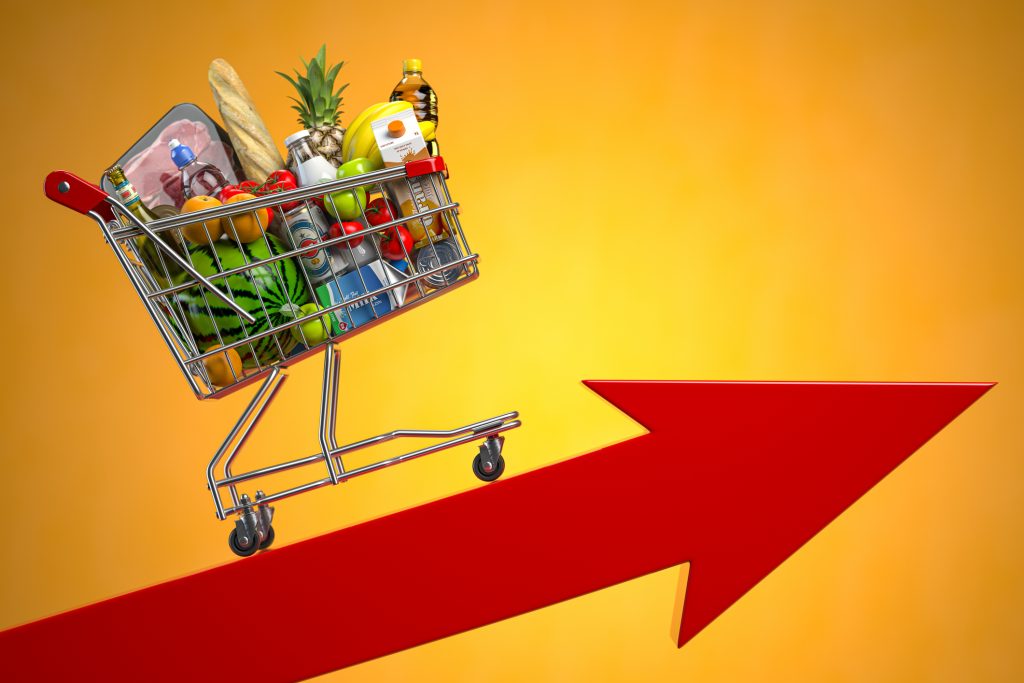
Central Banks’ Responses and Monetary Policy Adjustments
Central banks play a crucial role in managing inflation through monetary policy. As inflationary pressures have mounted, central banks have been forced to adjust their approach, but this is not without challenges.
Raising Interest Rates
The most direct tool at the disposal of central banks to combat inflation is the adjustment of interest rates. By raising interest rates, central banks can reduce borrowing and slow down economic activity, which in turn reduces demand and alleviates inflationary pressures. However, the decision to raise interest rates is fraught with difficulty. On the one hand, higher interest rates can help cool down inflation; on the other hand, they can also stifle economic growth and lead to higher unemployment.
As central banks in major economies, such as the U.S. Federal Reserve and the European Central Bank, begin to raise rates to combat inflation, the global economy faces a delicate balancing act. The challenge is to tighten monetary policy enough to reduce inflation without derailing the recovery process.
Quantitative Tightening (QT)
In addition to raising interest rates, some central banks are considering or have already implemented quantitative tightening (QT). QT is the process of reducing the size of a central bank’s balance sheet by selling off assets such as government bonds. This helps to remove liquidity from the financial system and reduce inflationary pressures. However, QT also carries risks, such as rising bond yields and potential disruptions to financial markets.
Targeted Interventions and Inflation Targeting
Central banks are also exploring more targeted interventions to combat inflation. For example, some have adopted an inflation targeting framework, where they set a specific target for inflation (usually around 2%) and adjust their policies to achieve that target. This approach provides more transparency and predictability, which can help anchor inflation expectations.
However, inflation targeting can be challenging when external factors, such as supply chain disruptions or energy price shocks, play a significant role in inflation. In such cases, central banks face the dilemma of whether to focus on reducing inflation or supporting broader economic stability.
Long-Term Implications for Economic Growth
While inflation is often viewed as a temporary challenge, its long-term implications for economic growth are significant. High inflation can lead to several adverse outcomes, particularly for emerging markets and economies that are already struggling with debt.
Erosion of Purchasing Power
One of the most immediate long-term effects of inflation is the erosion of purchasing power. As prices rise, the value of money decreases, meaning that consumers can buy less with the same amount of income. This can lead to a decline in living standards, particularly for those on fixed incomes or in lower-income brackets.
Debt and Fiscal Sustainability
For heavily indebted countries, inflation can be a double-edged sword. On the one hand, inflation can reduce the real value of debt, making it easier for governments to repay loans. On the other hand, high inflation can lead to rising interest rates, making new borrowing more expensive. This can create a vicious cycle, where governments struggle to manage their debt while trying to control inflation.
Investment and Business Uncertainty
For businesses, persistent inflation introduces a high level of uncertainty. Companies must continuously adjust their pricing strategies, supply chains, and production methods to cope with rising costs. This uncertainty can make it difficult for businesses to plan for the long term, potentially slowing investment and hindering growth.
Conclusion
The recent surge in inflation is not just a temporary blip; it reflects deeper structural issues within global economies. From supply chain disruptions to shifts in labor markets and the effects of aggressive monetary policies, inflationary pressures are likely to persist for some time. The impact on consumer behavior, business operations, and global growth will be profound, and central banks must tread carefully in adjusting monetary policies to navigate these challenges. While inflation may eventually subside, the long-term implications for economic growth and financial stability remain a key concern.



